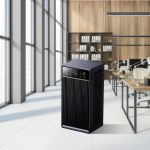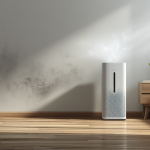In an era where indoor air quality plays a pivotal role in our overall health and well-being, the significance of clean and purified air cannot be overstated. The spaces where we live, work, and interact have a profound impact on our daily lives, and the quality of the air we breathe within these environments can directly influence our respiratory health, cognitive function, and overall comfort.
Components of Air Purifiers and Their Significance
Air purifiers are intricate systems composed of various essential components, each serving a distinct purpose in the quest for cleaner indoor air. To truly grasp the science behind air purifier manufacturing, it’s essential to delve into the significance of these components and how they contribute to the overall effectiveness of the device.
1. Filters: The Heart of Air Purification
Filters are the workhorses of air purifiers, responsible for trapping and removing contaminants from the air. High-Efficiency Particulate Air (HEPA) filters, renowned for their exceptional ability to capture particles as small as 0.3 microns, are often the cornerstone of air purification. These filters utilize intricate fibers arranged in a dense mat to create a labyrinthine path that pollutants must navigate, effectively preventing them from recirculating into the environment. Activated carbon filters, on the other hand, specialize in adsorbing odors, gases, and volatile organic compounds (VOCs), enhancing the overall air quality.

2. Fans and Airflow Dynamics
Fans are the dynamic force that drives air through the filtration process. They create a consistent flow of air, ensuring that particles come into contact with the filters, where they’re captured and retained. The science of airflow dynamics plays a critical role in optimizing filter efficiency. Engineers meticulously design the fan system to achieve a balance between air volume and pressure, maximizing the capture of pollutants without overtaxing the device’s energy consumption.
3. Sensors and Smart Technologies
Modern air purifiers often incorporate sensors and smart technologies that elevate their performance to new heights. These sensors monitor various air quality parameters such as particle concentration, VOC levels, humidity, and temperature. By continuously assessing the environment, the air purifier can automatically adjust its operation to respond to changing conditions, ensuring optimal purification efficiency. This integration of sensors and smart technologies highlights the marriage of science and engineering in air purifier manufacturing.
4. Housing and Airflow Design
The housing of an air purifier serves as more than just an aesthetic casing; it’s an integral part of the device’s functionality. Engineers employ principles of aerodynamics and fluid mechanics to design the housing for optimal airflow. A well-designed housing facilitates the smooth passage of air through the device, minimizing turbulence and ensuring efficient distribution of purified air throughout the room.
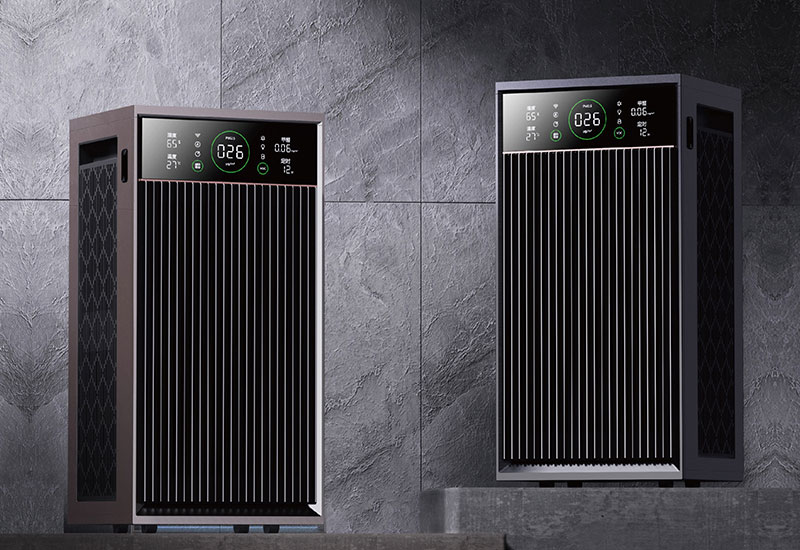
5. Pre-Filters and Additional Technologies
Pre-filters act as the first line of defense, capturing larger particles like dust and pet hair before air passes through the primary filtration stages. Some air purifiers also incorporate additional technologies, such as ultraviolet (UV) light or photocatalytic oxidation, to neutralize viruses, bacteria, and other microorganisms. These supplementary technologies showcase the constant innovation and dedication to enhancing air purification effectiveness.
In essence, the components within an air purifier function in harmonious synergy to create a powerful air-cleaning mechanism. The meticulous engineering and scientific understanding of these components ensure that air purifiers stand as formidable guardians against indoor air pollutants, exemplifying the intersection of science, technology, and manufacturing excellence. As we proceed through this exploration, we’ll dive deeper into the journey of transforming these components into functional air purifiers, shedding light on the intricacies of their manufacturing process.
The Manufacturing Journey: From Design to Production
The birth of an air purifier involves a captivating journey, beginning with the spark of an idea and culminating in the creation of a sophisticated device that enhances indoor air quality. This section delves into the multifaceted manufacturing process, unraveling the stages that transform a concept into a tangible reality.
1. Concept and Design: Formulating the Blueprint
The manufacturing journey kicks off with the conceptualization and design phase. Engineers, designers, and product developers collaborate to outline the specifications, functionalities, and aesthetics of the air purifier. In this stage, creativity and scientific knowledge intersect to create a blueprint that balances efficiency, usability, and visual appeal. Computer-aided design (CAD) software enables the translation of ideas into detailed, three-dimensional models, providing a virtual canvas upon which every component and feature is meticulously planned.
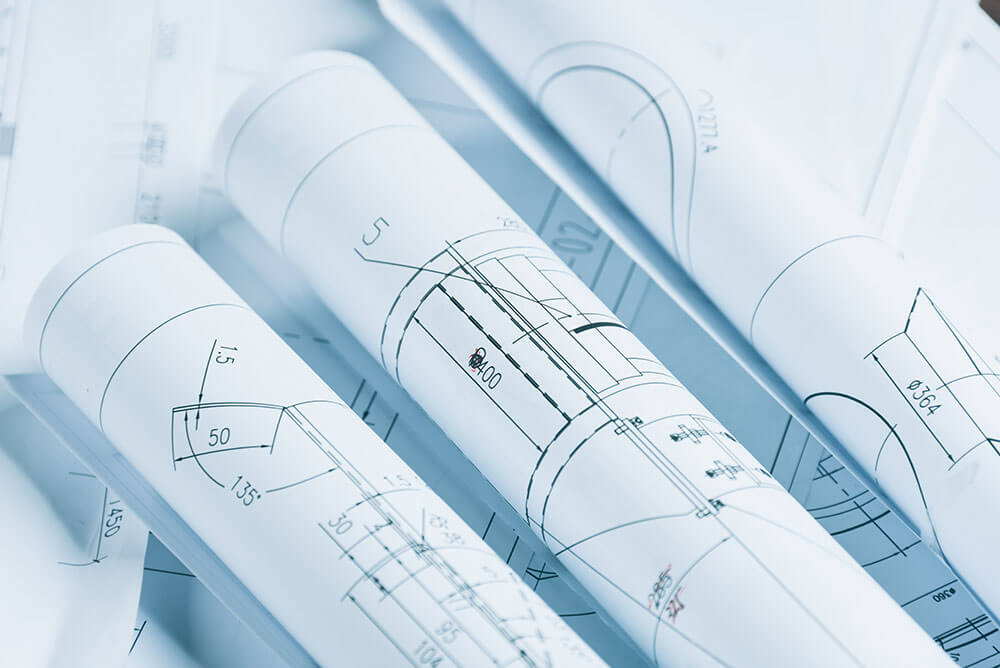
2. Prototyping: Translating Vision into Reality
Prototyping is the bridge between design and production. Physical prototypes are crafted to validate the design, allowing engineers to evaluate the functionality, ergonomics, and overall performance of the air purifier. Rapid prototyping technologies, such as 3D printing, enable swift iteration and refinement of the design based on real-world testing. This stage embodies the iterative nature of manufacturing, where each prototype brings the concept closer to perfection.
3. Testing: Rigorous Assessment of Performance
Before mass production commences, comprehensive testing is paramount to ensure that the air purifier meets stringent performance criteria. Engineers subject prototypes to a battery of tests, simulating real-world conditions. These tests encompass airflow dynamics, filtration efficiency, noise levels, and sensor accuracy. The synergy between scientific principles and engineering expertise ensures that the air purifier not only meets but surpasses industry standards.
4. Production: The Dance of Precision and Expertise
With a refined prototype and comprehensive test results, the manufacturing process swings into full gear. State-of-the-art facilities equipped with advanced machinery and skilled operators bring the air purifier to life. Cutting-edge manufacturing techniques, such as injection molding for housing components and precision assembly of filters and fans, ensure that each unit adheres to exacting specifications. The precision and expertise invested in this phase directly influence the air purifier’s performance, durability, and longevity.
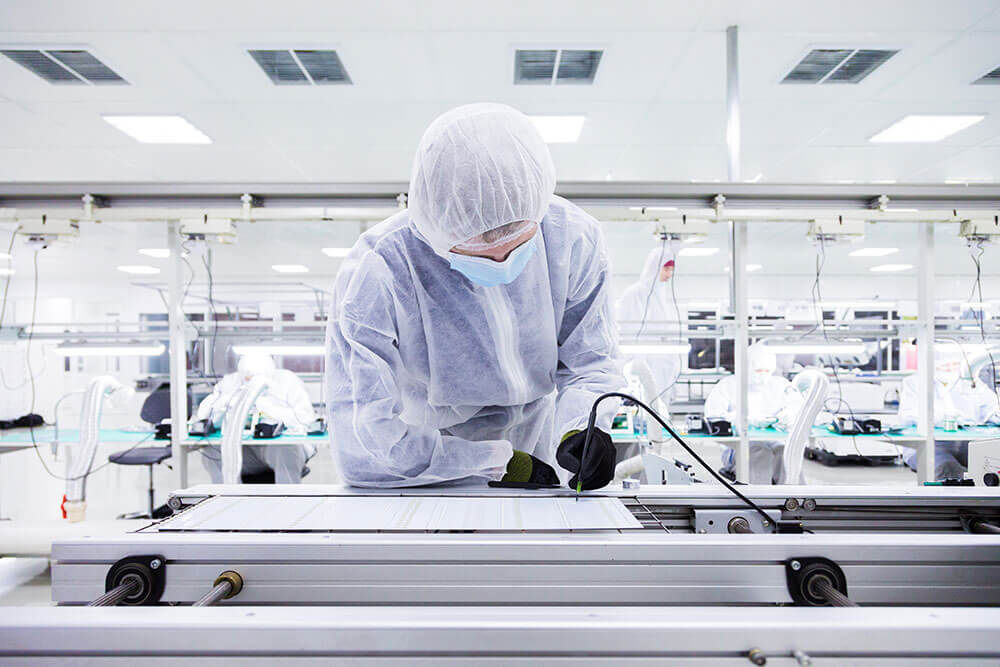
5. Quality Control: A Guardian of Excellence
Quality control is the sentinel that guards against imperfections. Every manufactured unit undergoes meticulous inspection, ensuring that each component aligns with the highest standards. From filter integrity to fan efficiency, no detail escapes scrutiny. This rigorous quality control guarantees that the air purifier leaving the manufacturing facility is a paragon of reliability and performance.
6. Market Entry: Bringing Clean Air to Spaces
The culmination of the manufacturing journey is the entry of the air purifier into the market. Distributors, retailers, and customers gain access to a meticulously crafted device, engineered to transform indoor air quality. The success of the air purifier in the market serves as a testament to the marriage of science, innovation, and manufacturing prowess.
The manufacturing journey of an air purifier encapsulates the harmonious fusion of scientific principles, artistic vision, and technological innovation. From the conception of an idea to the production of a tangible solution, every step is a celebration of human ingenuity and dedication to the pursuit of healthier, cleaner air for all. As we proceed, we will delve into the intricate manufacturing techniques and technologies that propel this journey forward, uncovering the tapestry of science that envelops each air purifier.
Manufacturing Techniques and Technologies
The manufacturing of air purifiers is a symphony of cutting-edge techniques and advanced technologies that synergize to create efficient, reliable, and innovative devices. This section delves into the intricate world of manufacturing, unveiling the methods and technologies that bring air purifiers to life with precision and excellence.
1. Injection Molding: Crafting the Perfect Housing
One of the cornerstones of air purifier manufacturing is injection molding. This technique involves injecting molten plastic into molds to create intricate housing components with exacting precision. The flexibility of injection molding allows for intricate designs, seamless integration of parts, and optimal airflow dynamics. By leveraging computer-aided design (CAD) and computer-aided manufacturing (CAM), engineers fine-tune every detail to ensure that the housing not only encapsulates the technology but also contributes to optimal performance.
2. Filter Fabrication: Weaving Efficiency into Fibers
The heart of an air purifier lies within its filters, and the manufacturing of these filters is a blend of scientific expertise and engineering finesse. HEPA filters, for instance, are meticulously crafted by layering fine fibers to create a dense mat. Each layer contributes to the filtration process, capturing particles as they traverse the labyrinthine path. The process involves intricate folding and pleating techniques to maximize the surface area, ensuring that a higher volume of air is purified with every pass.
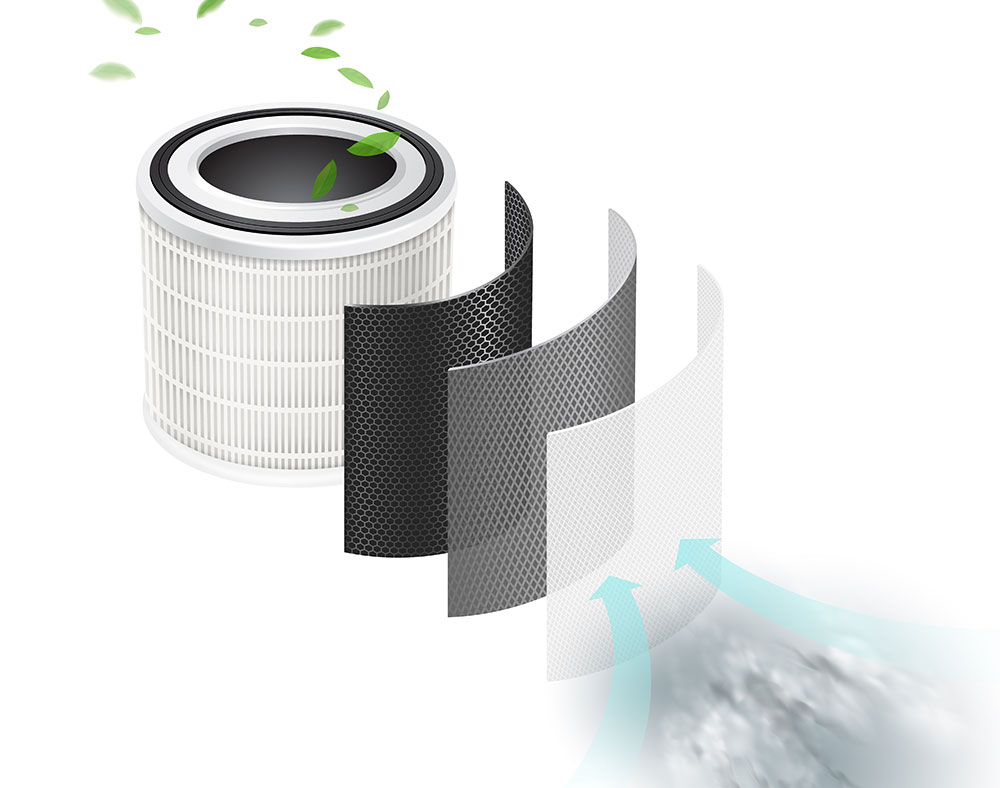
3. Precision Assembly: Creating the Engine of Purification
The assembly of air purifiers requires a delicate dance of precision. Highly trained technicians meticulously integrate filters, fans, sensors, and other components to ensure seamless operation. Each component’s placement, orientation, and alignment are critical to achieving optimal airflow and purification efficiency. Automation and robotics play a significant role in this stage, ensuring consistency and precision as components come together to form a functional unit.
4. 3D Printing: Pioneering Personalization and Prototyping
Innovation in manufacturing is often spearheaded by 3D printing. This revolutionary technology enables rapid prototyping and personalized customization, accelerating the design iteration process. Engineers can quickly create physical models to test concepts, validate designs, and fine-tune details before committing to mass production. 3D printing also allows for the creation of intricate geometries and complex structures that might be challenging or impossible to achieve using traditional manufacturing methods.
5. Automation and Robotics: Enhancing Efficiency and Precision
The marriage of air purifier manufacturing with automation and robotics embodies the epitome of precision and efficiency. Robotic arms delicately handle sensitive components, ensuring that assembly is flawless and consistent. Automation streamlines the production line, reducing human error and minimizing the risk of inconsistencies. Sensors and artificial intelligence are harnessed to monitor and optimize the manufacturing process in real-time, ushering in a new era of smart manufacturing.
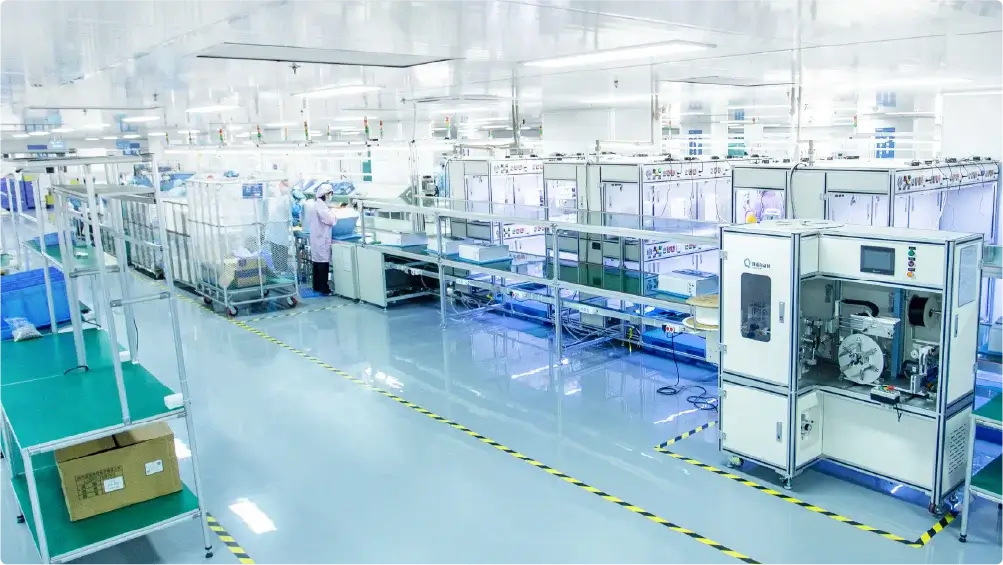
6. Sustainable Practices: Engineering for a Greener Future
The manufacturing of air purifiers is increasingly embracing sustainability. From the selection of eco-friendly materials to the implementation of energy-efficient production techniques, manufacturers are aligning their processes with environmental stewardship. The adoption of renewable energy sources and the reduction of waste contribute to a greener manufacturing footprint, reflecting a commitment to both the health of the users and the health of the planet.
The amalgamation of these manufacturing techniques and technologies transforms raw materials into air purifiers that embody the pinnacle of scientific understanding and engineering innovation. The result is not just a device that purifies air but a testament to human creativity and dedication to creating a healthier, cleaner, and more sustainable environment. As we move forward, we will explore the stringent quality control and testing that ensure these devices perform at their best, safeguarding the air we breathe.

